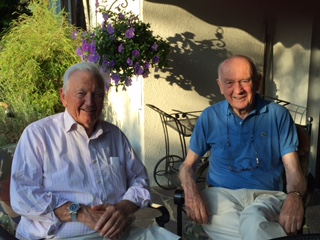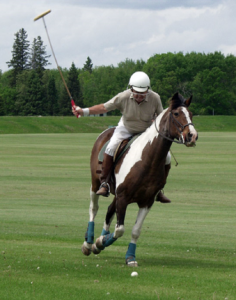CLASS OF 1952 | 2017 | ISSUE 1
Class of 1952 Endowed Wesleyan Scholarship Fund
Nathanael Mathieu ’20, Freedom, NH
Good news about our classmates is absent, as these class notes are being written on Jan. 15, 2017. Bad news is prevalent, unfortunately.
We have lost five more of our classmates. Mel Roboff died on Apr. 11, 2014. Mel was an Alpha Delt with an enormous sense of humor. After Harvard Business School, Mel spent his career in marketing, which included stints with Royal and Underwood Typewriter, Fanny Farmer, and Converse Shoes before forming his own Boston-area Roboff Management Group consulting firm. He is survived by two daughters and his former wife.
Ferg Alleman died on Mar. 7, 2014. Ferg was a Deke who left Wesleyan during our junior year. He was a native of Orlando, Fla. After graduating from law school, he practiced law in Orlando for a number of years and then engaged in investment banking in Vermont. His wife of 61 years predeceased him, and he is survived by three children and seven grandchildren.
Tony Brewer died on Sept. 27, 2015. Tony was a Crow at Wesleyan. After college, he joined Procter & Gamble as an industrial engineer. He moved on to Welch Foods in a similar capacity and later became president of Nature Nook, Inc., a floral and gift shop in Southfield, Mich. When last heard from, Tony was married and had four children.
Bill Hicks died on Oct. 31, 2016. He was an Olin Scholar, a Psi U, and, a member of Skull and Serpent. In college, he excelled on the football and baseball teams until, as I recall it, injuries waylaid him. Bill had a highly successful career in sales and leadership positions in the flooring industry with first Armstrong World Industries and then Shaw Industries. His obituary makes clear that Bill carried over the “wild sense of humor” and ability to “throw a great party” that we witnessed during our days at WesTech. Unfortunately, his wife predeceased him by 18 years; he is survived by a daughter and two grandchildren.
Bill McCluskey died on Christmas Day 2016. Bill, a member of Alpha Delt and Mystical Seven, was captain of the Wesleyan football team our senior year. He had a very successful career as an educator, principally as an administrator in private schools. He served the Menlo School in Atherton, Calif., was assistant headmaster of Northwood School in Lake Placid, N.Y., then headmaster of Park-Tudor School in Indianapolis, Ind., and capped his career as founding headmaster of Marin Academy in San Rafael, Calif. Most of us will remember that Bill courted and married Betsey Banks, daughter of Professor Ted Banks and sister of Dave Banks ’56. In addition to Betsey and Dave, Bill is survived by two daughters, two grandchildren, and five great-grandchildren.
We extend our sincere sympathy, albeit belated, to the families of these classmates.
Hopefully, this magazine will arrive in your home by late April and will serve as a reminder of our 65th Wesleyan Reunion, which will occur May 25-28. Time is running out for us, so if you are physically able to attend, but have reservations about doing so, please set those reservations aside and join us on campus. Our group will be smaller than it was five years ago, but that should enable more intimate conversations and reminiscing than has been possible in the larger crowd at past Reunions.
Harold C. Buckingham, Jr. | hcbuckingham@daypitney.com
400 Seabury Dr., Apt. 2114, Bloomfield, CT 06002
William K. Wasch | wkwash@gmail.com
150 Coleman Road, Middletown, CT 06457



